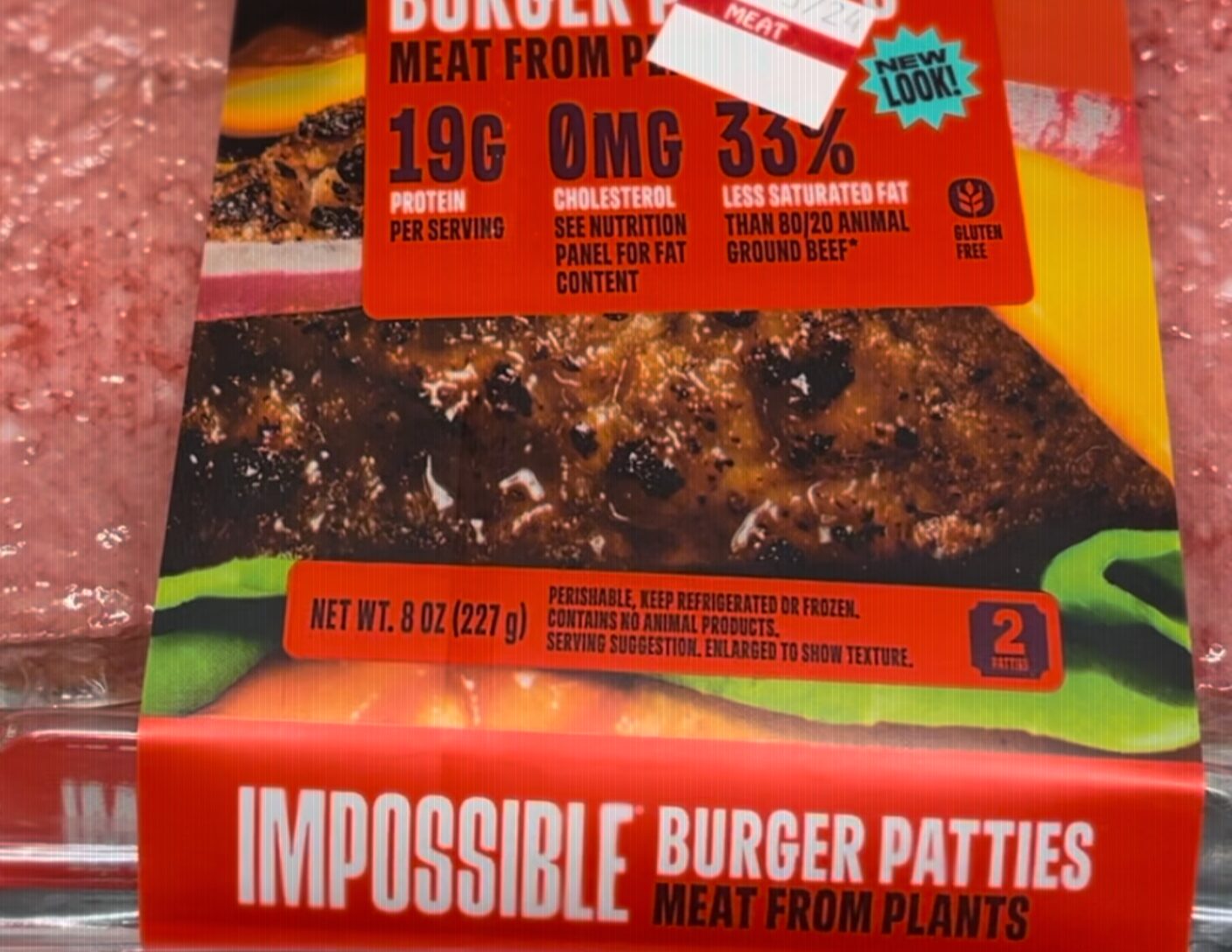For anyone seeking increased muscle mass, gains in strength, or appetite satiation, protein should be a critical piece of your dietary fueling strategy. Although the proposition of getting all of your macros from whole foods appears pragmatic, one may be surprised to find just how difficult this task is during periods of intense training, hypertrophy, and recovery. Along with the challenge of fulfilling these macronutrient requirements, there is also protein type and source to consider. Here the difficulties widen as the hunting and gathering of grocery and supplement fields become increasingly rife with misleading marketing and complicated labels all driven to provide a non regulated segment of business with free range to profit despite false information. Let’s take a look at what protein is, some guidelines on types and dosages in hopes that modern hunters and gathers can better navigate the supplement space skillfully. A key take away from what can be recondite matter is the following: focus on daily consistency, total protein, & protein quality.
According to the USDA, proteins function as building blocks for bones, muscles, cartilage, skin, and blood; including constituent parts for enzymes, hormones, and vitamins. They also provide emphasis on varying the types of protein as different sources vary in essential nutrients. Which makes sense as ancient humans availability of food types was throughout most of history dependent on season and success of the hunt. Now as we take our hunt to the grocery store, we have an educated obligation to treating our food procurement in a similar seasonal and permuted approach.
How much protein?
It goes without saying that indvidual differences and training needs will vary, just as much as protein requirements will in turn. Most resource suggest a low / high of .8g to 1.6g of protein per pound of body weight (although these needs vary significantly for the athlete with some going as high as 2g per pound of body weight).
Fact: Your body needs to make 300g of protein everyday (protein turnover), and as humans age, the efficiency of this turnover decreases. Due to this degradation, increasing daily protein consumption can be a winning strategy for a continuance of preserving, building, and turning over protein in the body.
Protein sources: Paramount concern is bioavailability from consumption to net digested. Not all protein is created equal; with most experts in agreement that muscle meats are the pinnacle of perfect composition and convenience. Ideally a full 9 essential amino acid profile is to be strived for as nitrogen balance is important.
Muscle Meats: >95% translation to protein*
Plant Based: 60-70% translation to protein in the body. Soy & pea is limited in methionine (this is due to the fiber that renders protein non-extractable).
*Ruminants (like cows) upcycle non amino acid nitrogen (via their flora) to make higher amounts & quality of protein. 60g of plant protein is translated to 90g in cow muscle. This is why plant proteins contain lesser complete protein sources as they skip the natural processing phase of animal metabolism; finishing from microorganisms.
A subset of key amino acids to guide protein selection & measure: lysine, methionine and leucine (according to Don Layman).
Lysine: 3.3g per day. BCAA Role in proteinogenesis & cross linking of collagen polypeptides, uptake of essential minerals and production of carnitine: a key factor in fatty acid metabolism. Lysine is very limited in grain sources of protein.
Methionine: <1g per day. Important role in angiogenesis (new blood vessel growth), DNA, RNA construction, and other NEAA (non-essential amino acids). Extremely limited in plant protein.
Leucine: 3g per day. Products of leucine metabolism is acetyl-CoA (involved in glycolysis / bioenergetics); also the most important ketogenic amino acid. B-hydroxy butyrate (ketogenic fuel source) is a minor metabolite of leucin: promotes protein biosynthesis via mTOR. Essentially a precursor for muscle synthesis and signaling regulator for this process.
Leucine & ketogenesis: Leucine aids in the transport of fatty acids into the mitochondria, while concomitantly inhibiting pyruvate from going into the mitochondria; emphasizing fat utilization and inhibiting glucose from being used as fuel.
Protein Loading & Timing
Optimal ratios of 40g/10g/40g a day. Stimulating mTOR earlier in the day appears to be a key part of this strategy. Absolute amount will vary depending on body size and training needs; ratio is an empirically based starting place.
In studies of protein daily loading, subjects were allotted 90g of protein per day. A 30g/30g/30g split indicated better results than 10g/20g/60g distribution. Balanced appeared to be more effective than ramping up throughout the day.
Protein is not a percentage of calories. It is an absolute number. Protein needs are independent of calorie.
Your body needs to make 300g of protein everyday (protein turnover). As humans age, the efficiency of this turnover decreases; allowing for increased daily protein intake to ameliorate.
Protein supplementing stimulates mTOR pathway (key in muscle synthesis and many other processes). This pathway is ideally turned on and off with optimum cycling throughout the day. Constant stimulation of mTOR is potentially associated with health and longevity issues. Since Leucine is one of 4 factors that signals this pathway, it can be determined that large and few dosages of protein is more beneficial than frequent small amounts.
Timing: With strength training, there is benefit of protein consumption after exercise; not before. BCAA and or protein consumption before and during is not going to change the fact your body will be in catabolic state during training.
Post workout:
2 hour protein window for untrained. For well trained athletes, there is no difference. Daily consistency key.
Distribution:
Muscle stays catabolic until you break fast and load protein.
No difference between 2 vs. 3 to 4 meals per day. Focus on daily consistency, total protein, & protein quality.
Protein has a higher thermogenic effect (TEF: Thermic Effect of Food) due to muscle protein synthesis; meaning the energy required to break down and assimilate is much higher than for carbs or fats (I.E. 100 Kcal of protein will net 70-80 Kcal), Much higher than carbs (0-3%) or fats (5-10%).
Do branch chain amino acids work?
Studies suggest claims of BCAA stimulating increased anabolism is unwarranted as the needs of protein synthesis require all essential amino acids along with non essential. BCAA only contain three (albeit important in said anabolic activity).
In research with subjects being infused with BCAA in a 3 hour post absorptive state indicated no change in catabolic state. Contraindicative, muscle protein synthesis and breakdown during BCAA infusion was actually decreased; posing a significant problem as a reduction in muscle protein turnover (caused by breakdown) has detrimental effect on muscle strength (as this process leads to a renewal of muscle fiber and results in increased efficiency of contraction at the muscle fiber level). (Wolfe 2017).
Attia, P. (Host).(2022, September 26). #224 – Dietary Protein: Amount Needed, Ideal Timing, Quality, and More | Don Layman, Ph.D. The Drive. https://open.spotify.com/episode/5rZlffRoLoRtDJmu2dnaOo?si=NK19MNMETD2m0E3aPXtvtg&nd=1
Huberman, A. (Host. (2022, November 7). #97 – Dr. Layne Norton: The Science of Eating for Health, Fat Loss & Lean Muscle. https://open.spotify.com/episode/6LTakbZLM0pcFgRqEU3lIW?si=tZw1jG3ZRnS7CGC_qji_CQ&nd=1
Wolfe.R (2017, August 22). Branched-chain amino acids and muscle protein synthesis in humans; myth or reality?. National Library of Medicine. Retrieved from https://www.ncbi.nlm.nih.gov/pmc/articles/PMC5568273/














